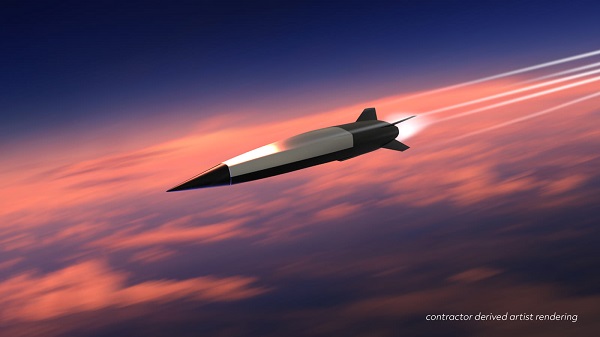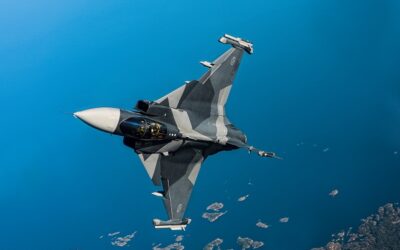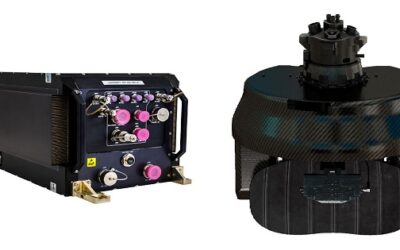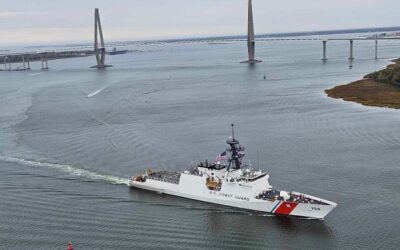Hypersonic Concept Leverages a Decade of Collaboration
Raytheon Missiles & Defense and Northrop Grumman, having successfully tested the Hypersonic Air-breathing Weapon Concept (HAWC) for the US Defense Advanced Research Projects Agency (DARPA) and USAF in 2021 and 2022, are now on track to deliver a separate system – the Hypersonic Attack Cruise Missile (HACM). It will be the first such weapon in the US arsenal.
“Developing this strategically important weapon requires bringing together the best minds and capabilities […] No one can stand alone when the mission is this important,” explained Nate Szyba, HACM Program Director for Raytheon Missiles & Defence. The Air Force has said it plans for the missile to be operational by fiscal year 2027. “This is a tremendous responsibility that the Air Force has entrusted us with. We understand how important it is to advance our nation’s hypersonic capability … a critical imperative,” stated John W Otto, Senior Director of Advanced Hypersonic Weapons at Raytheon.
The development of hypersonic missiles has become a major emphasis in US defence strategy: their extreme speed and ability to fly at lower altitudes make them difficult to detect and track, and therefore hard to stop. They also reduce mission execution, saving lives and protecting military equipment.
The HACM contract follows years of collaboration between the two companies since 2013, resulting in a 2019 teaming agreement to develop, produce and integrate Northrop Grumman’s scramjet engines and boosters onto Raytheon Technologies’ air-breathing hypersonic weapons. The development of HAWC is the current outcome. The system was initially developed in the Southern Cross Integrated Flight Research Experiment (SCIFiRE), a cooperative program with Australia to design and test hypersonic missile prototypes. “Our scramjet technology underpins HACM and ushers in what we see is a new era of faster, more survivable and highly capable weapons,” observed Chris Gettinger in Propulsion Systems and Controls at Northrop Grumman.
The Air Force’s 2027 delivery date requires a relatively rapid turnaround time – but a manageable one, thanks to an early decision to develop an operational prototype as opposed to a demonstrator. Operational prototypes require less redesign, being built with a specific end use in mind, whereas demonstrators mainly exist to show the core technology is feasible in general. “It really allows us to focus on more of the affordability … and manufacturing aspects as we move forward instead of having to reinvent or redesign the wheel when it comes to our approach on a propulsion system,” Gettinger said.

























